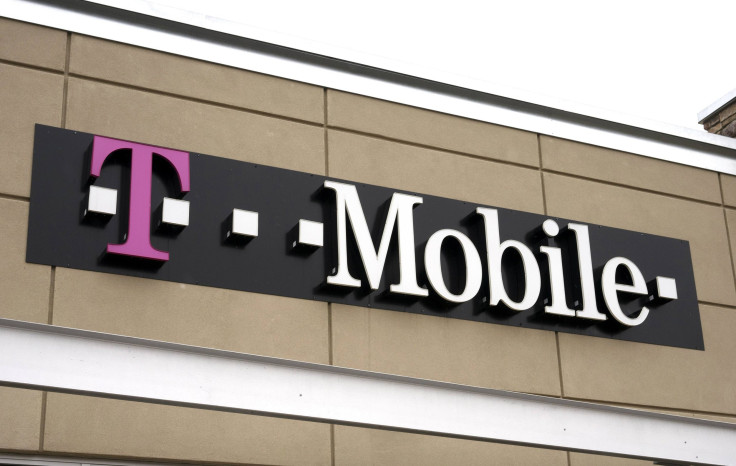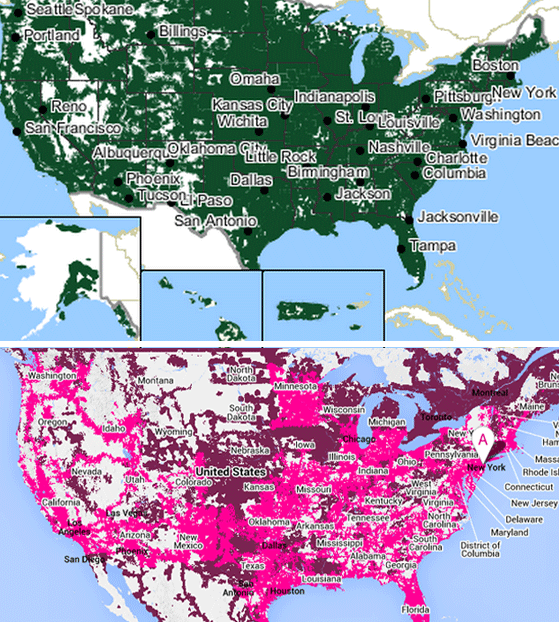T-Mobile And Sprint Merger May Have Limited Coverage Benefits

Though a proposed merger between Sprint (NYSE:S) and T-Mobile (NYSE:TMUS) would create a bigger competitor to industry behemoths AT&T and Verizon, it wouldn't necessarily increase coverage nor would it benefit underserved cellular customers throughout the U.S., particularly in rural areas.
According to coverage maps published by T-Mobile and Sprint, the two carriers span a vast portion of the United States, with both of them focused on urban centers and major highways but they are relatively weak in vast swathes of rural America since they lack the low-band spectrum to cover those areas.
In addition, a large portion of Sprint's coverage is not in fact served by its own network infrastructure. Instead, the network heavily relies on off-network roaming partnerships to fill in the gaps, which makes it more difficult for Sprint to keep up with subscribers' broadband demands, which keep growing as more and more people stream movies through Netflix and other services.

T-Mobile faces similar issues as well, relying on service partners to provide coverage to areas where it doesn’t have its own infrastructure.
Residents of Montana, Wyoming, North Dakota and South Dakota don’t appear to be customers that would benefit from such a merger according to Sprint and T-Mobile coverage maps, since both carriers rely on service partners to provide coverage to most of those states.

CNET noted the problem faced by T-Mobile and Sprint:
“Meanwhile, Sprint and T-Mobile each lack the breadth of network footprint as well as the scope of wireless spectrum holdings. T-Mobile especially is primarily confined to urban markets with little to no coverage in adjacent suburban or rural markets. Sprint isn't much better in terms of coverage.”
Coverage issues aside, T-Mobile and Sprint would also have to work out the technical details to merge their respective networks, which use incompatible GSM and CDMA signal technologies, along with different wireless broadband standards, LTE and WiMax.
Sprint also faced similar issues in 2004, when it merged with Nextel, due to the different wireless networking technologies used by the two companies.
© Copyright IBTimes 2024. All rights reserved.






















